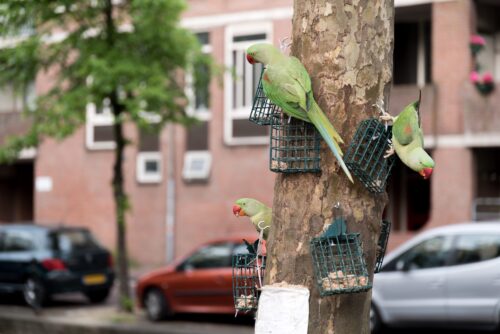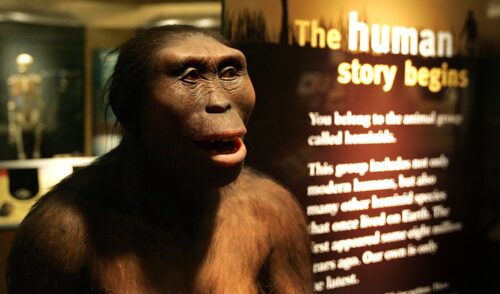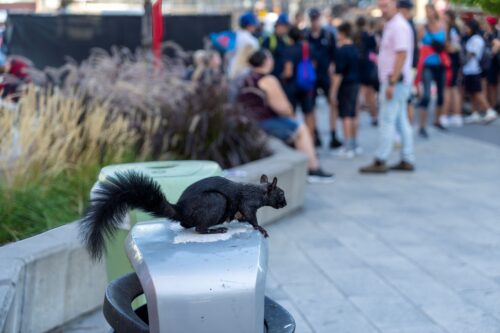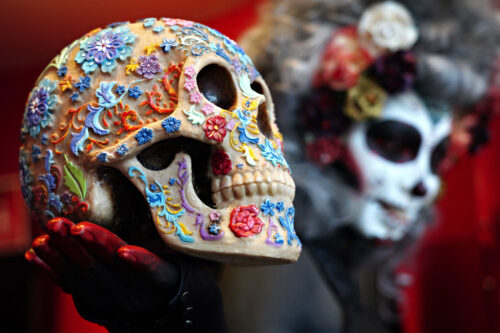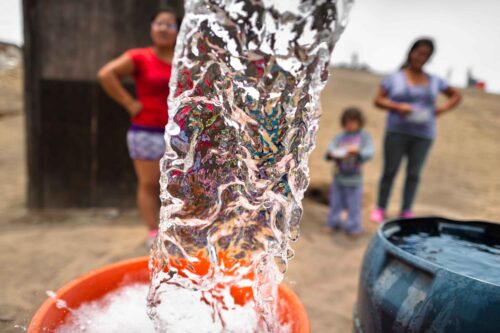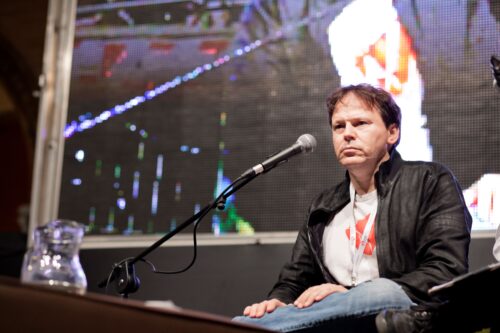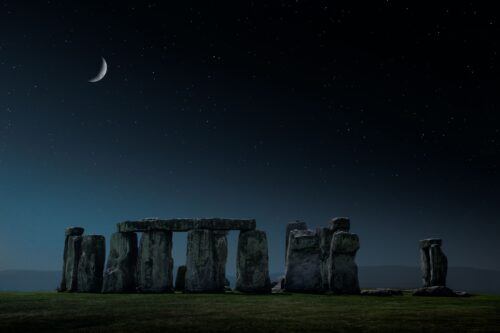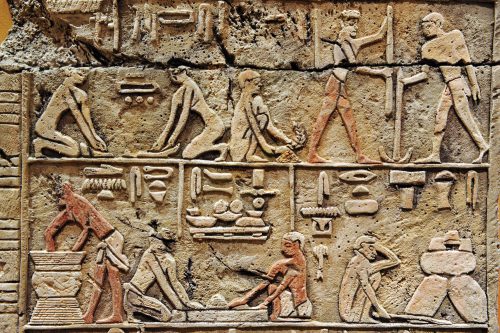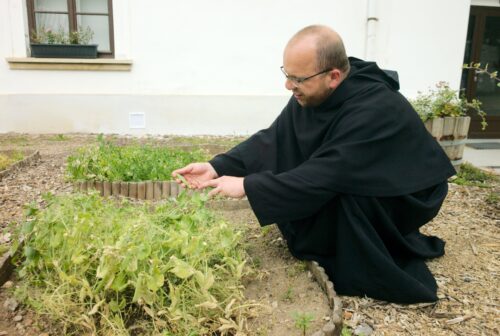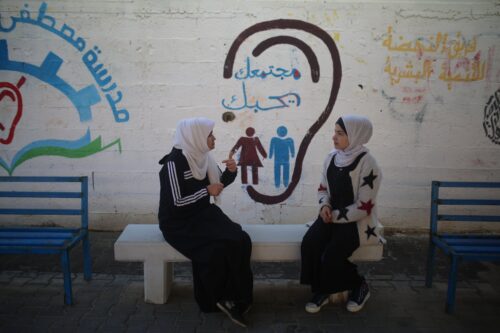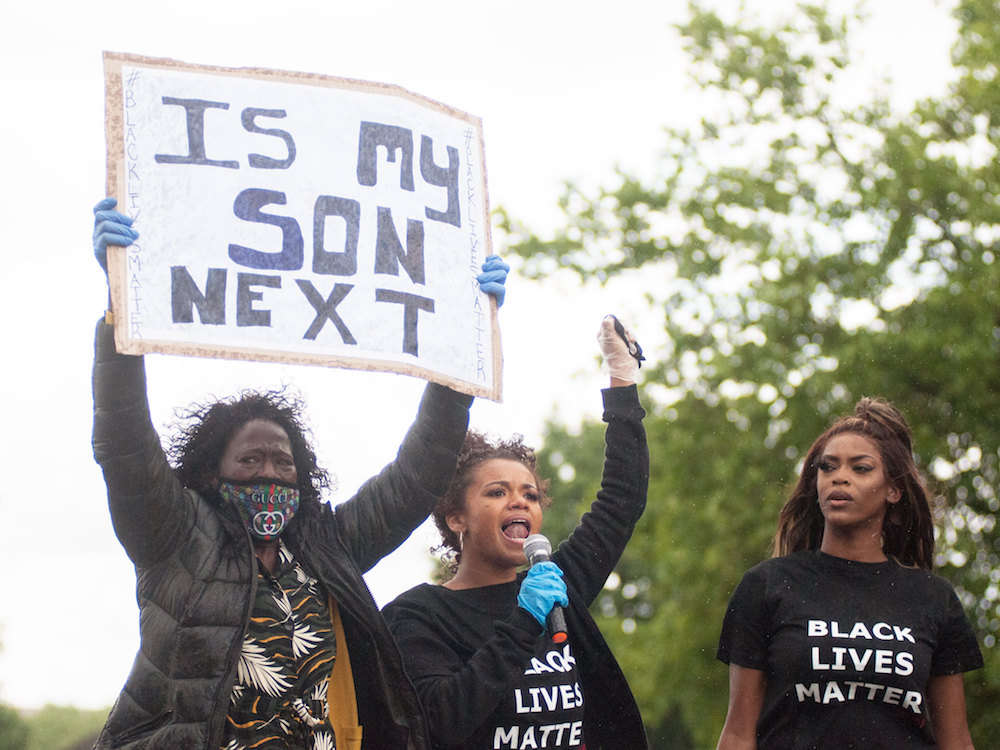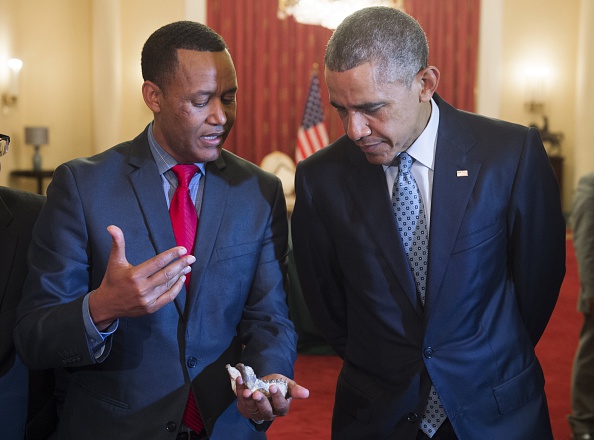When Colorblind Parenting Meets Anti-racism
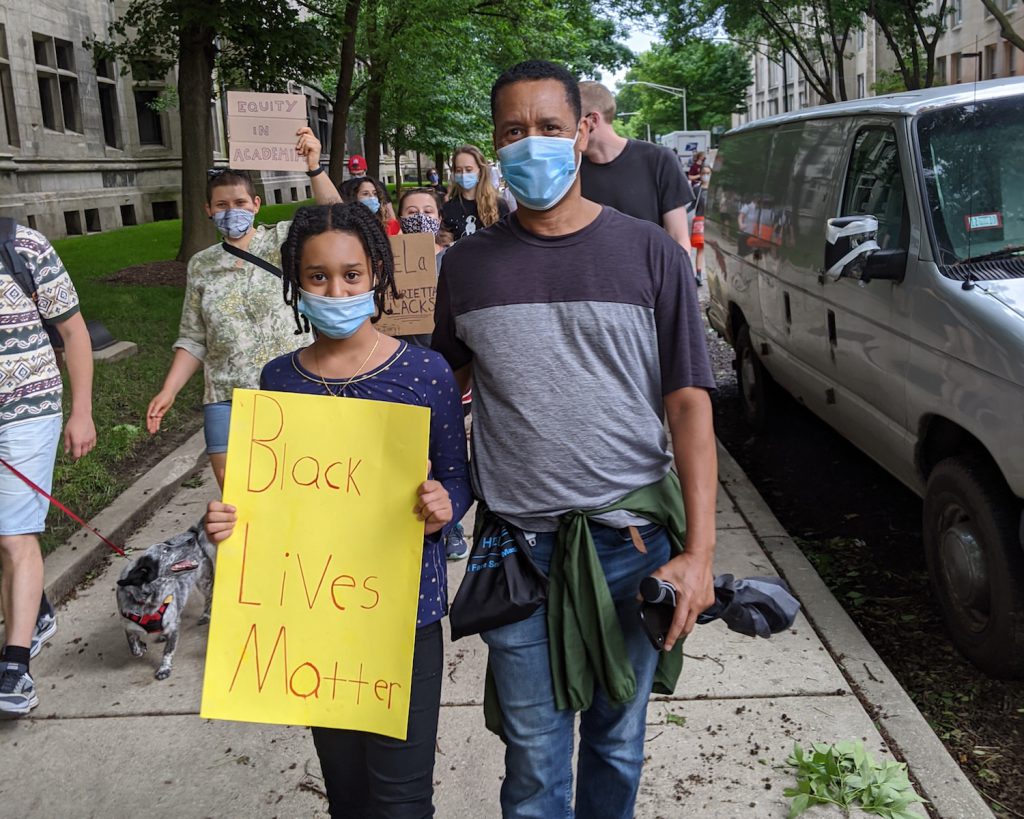
I watched the uniformed White policeman kneel on the Black man’s neck for 8 minutes and 46 seconds. The officer’s neck restraint continued even after the nonresistant man, George Floyd, was totally unresponsive.
After watching the video of this killing, I felt numb. A deep voice woke me up from my stupor. “Good morning, Dad.” It was my 6-foot-tall, 14-year-old Black son.
I stared at him, unable to say anything.
Confused, he asked, “Are you OK, Dad?”
He was probably expecting the usual: a goofy joke or a question about school. I simply pointed to the TV.
Like many people who have watched this heinous video since it was released at the end of May, Floyd’s brutal death changed me. After watching it and then seeing my son, I felt a visceral pain shoot throughout my body. It was as if my son transformed from a child to a man in a split second. I feared that something like this could happen to him too. Would he be safe? Would the police know he was only 14 years old?
It might seem strange that I’m only now having this wake-up call. I am, after all, a Black man who lives in Chicago. However, I wasn’t raised in the United States. I’m native to Ethiopia and still carry my Ethiopian passport. My strong ties to Ethiopia are both personal and professional; as a biological anthropologist who studies human origins, my research brings me back to my home country often.
Owing to Ethiopia’s unique history, being an African nation that had never been colonized, my ancestors did not endure the atrocities of colonialism. And they were never subjected to the transatlantic slave trade.
Perhaps because of my privileged position as an academic in the U.S., I have not faced overt discrimination while living in this country. I thus have not been as exposed to the race-based hierarchy so common in the U.S. often characterized by discrimination against those who are Black and the systemic privileging of those who are White.
It’s not that I don’t understand racism. I know its evil history and sympathize with those who have suffered from its impacts across generations (and not just in the U.S.). But racial ideas are social constructions, and they are not the same everywhere. Moreover, understanding how racism works intellectually is not the same as actually experiencing and feeling its effects.
In Ethiopia, for example, there are over 80 different languages, and the term “race” is absurdly and loosely applied to classify groups of people along linguistic lines. To make matters more complicated, there are over 90 distinct ethnic groups—distinguished by linguistic, religious, and regional differences—listed on the Ethiopian census, with ongoing conflicts over political representation. With respect to “race,” skin color is used to rather subjectively classify people as “red” or “black,” with finer variations between the two. Yet, according to U.S. classifications, we would all fall into the Black racial category.
It is hard to admit but even after living in the U.S. for many years, I did not have a full grasp of the injustices the African American community endures, especially at the hands of police. Now racism in this country has become personal to me in a way it wasn’t before.
I’m feeling the deep pain of millions of Black American parents who have had to endure the effects of systemic racism for hundreds of years.
The recent protests against and dialogues about police brutality and systemic racism sparked by the unjust killing of Floyd and other Black Americans have also made me question how I should be teaching race and racism to my kids.
Both of my kids, a daughter and son, identify as Black Americans and have friends from all backgrounds and ancestries, mostly those of European descent. They have been raised to be “colorblind” and taught to celebrate their Black and Ethiopian heritages, which for my family means being decent human beings and treating others with dignity whatever their background and ancestry.
This concept of “colorblind parenting” has come under fire recently for perpetuating racism, for good reason. But when I use the term, I don’t mean that my children should pretend not to see race.
I know that systemic racism is real. The color of one’s skin generally determines, for example, which school or college a person attends, which neighborhood or park they can take a walk in, and whether they feel fear or safety when interacting with police.
For me, colorblind parenting means something different. It comes from my training and research as a biological anthropologist. In my field, race is understood as a social, historical, and political construct that has little to do with the biology of an individual and their evolutionary history.
Just think: Former President Barack Obama (whose mother is White) and I have a similar skin tone. (He and I met in 2015.) We are both described as Black in the U.S., and I am called “red” in Ethiopia. The “race” category is indeed a construct.
All of humanity’s DNA is more than 99.9 percent the same. Moreover, fossils show that our species, Homo sapiens, emerged in Africa some 300,000 years ago then diversified into a myriad of populations within the continent. Some communities might have left Africa earlier, but the populations that led to the occupation of the rest of the planet migrated approximately 70,000 years ago.
My own research takes this ancestry even deeper in time and further attests to the unity of humanity. My team has documented fossil evidence for upright walking, the use of sharp-edged stone tools (heralding the emergence of technology), and extended childhood all dating as far back as 3.5 million years ago. All 7.8 billion members of our species share a heritage that spans 6 million years, or the point in time when our lineage diverged from chimpanzees.
In other words, I use colorblind parenting because I know that all humans are genetically united and can trace their common origins back to Africa. The variations that I see in people fade in the face of their long-shared history.
When I use “colorblind parenting,” I don’t mean that my children should pretend not to see race.
Many physical differences in humans—skin color, hair texture, eye shape, stature—are nothing but recent adaptations to the areas our direct ancestors occupied. If you are near the equator, under the scorching sun, you are better off with darker skin to fight the high ultraviolet doses and resist skin cancer. If you live near the poles, then a lighter skin color will help you absorb the limited sunlight easily in order to synthesize vitamin D and avoid rickets.
It comes down to this: There is no good or bad skin color.
Though I have thought a lot about the absurdity of race and racism through my research as an anthropologist, these recent experiences of police brutality and the corresponding Black Lives Matter uprisings have allowed me to understand the issue much more deeply. I’m starting to better comprehend the complexities of race relationships—and their histories—in the U.S., especially the profoundly detrimental impacts on some communities.
Knowing what I know now, should I continue colorblind parenting? Is it possible to be both anti-racist and colorblind? These questions have been keeping me up at night.
What’s clear is that systemic racism is a societal cancer, which can only be addressed by the entire society.
Besides obvious changes that need to be introduced to the policing and the law enforcement system, education at all levels strikes me as a crucial tool. How many in the U.S. know the scientific facts that I outlined above that testify to humanity’s unity? Conversely, how many people erroneously think or feel that widely accepted racial classifications have a biological basis?
These facts are unfortunately not fully understood, or they are intentionally ignored by those who wish to give racism a biological resonance. This is absurd. Race lives only in the minds of people. Racism flourishes through ignorance and systemic manipulation, such as policies, narratives, and structures that privilege those with power.
As an anthropologist and educator, I want to continue playing a role as a public intellectual, providing scientific evidence of human unity and engaging people around me and beyond to push for change. From that perspective, I think it’s important to recognize the diversity of those participating in the recent Black Lives Matter protests, including many White people.
I’m also encouraged to see many individuals and institutions in my field of anthropology and beyond soul searching and exploring practical solutions to combat systemic racism, ranging from setting up trainings about anti-Blackness to critically evaluating systemic biases.
What is your next step? This fall U.S. citizens have a powerful weapon: their vote. At the very least, they can use this weapon to fight racism by listening to the suffering inside and outside their communities and supporting actionable items proposed by candidates to promote racial justice.
I hope that even those who haven’t had to viscerally experience the pain of racism personally are also being jolted into action after the senseless deaths of so many Black Americans at the hands of the police. More than three months after watching the video of an officer killing Floyd, I still keep an eye on my son’s back whenever he leaves the house.
Will he be safe?
